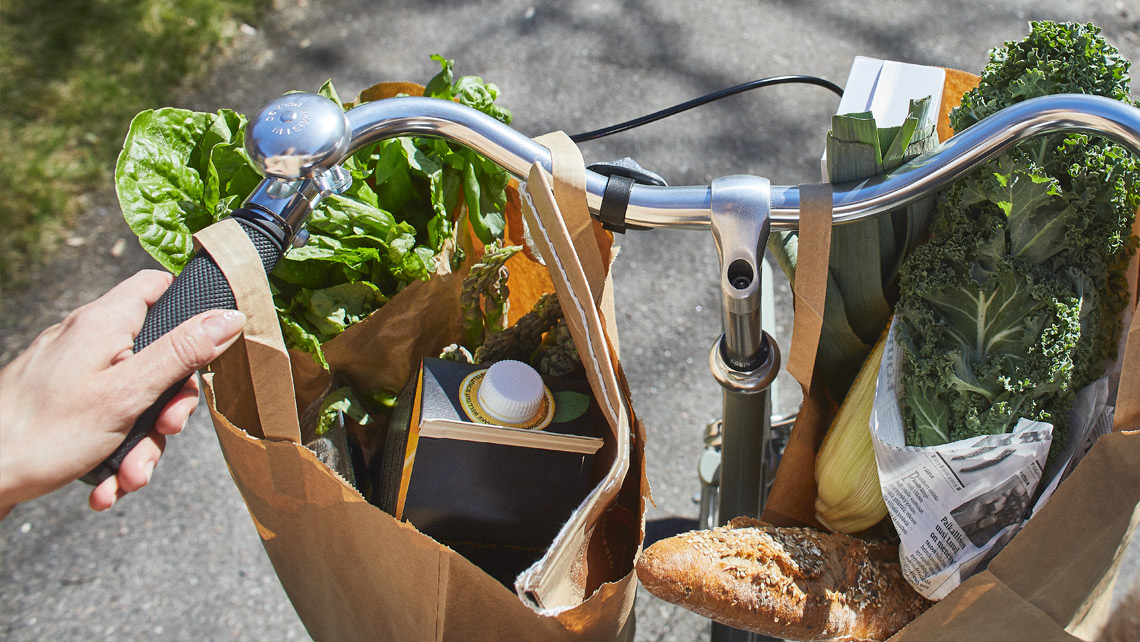You’re probably handling fiber-based food packaging board within minutes of waking up each morning. It’s the material that your milk carton, cereal packet, and juice box are made of. But you may not have considered the role packaging plays in keeping food fresh, both on the store shelf and in your home after opening – and therefore preventing waste. Wasted food is a major waste of resources like water, land, energy, labor, and capital, and is a source of needlessly produced greenhouse gas emissions.
A problem that demands an urgent solution
According to the United Nations Food and Agriculture Organization (FAO), roughly one third of the food produced in the world for human consumption every year — approximately 1.3 billion tons — gets lost or wasted. When converted into calories, global food loss and waste amounts to approximately 24 percent of all food produced. And when it comes to the impact on climate change, if food waste were a country it would be the third largest emitter of greenhouse gases.
And these issues are going to become increasingly critical in the future. According to the FAO, the world will have to increase its food supply by 70 percent to meet the demands of a population expected to reach 9.7 billion by 2050. Because increasing production alone is not the answer, we have to make better use of the food we buy. To help us do this, retailers will have to ensure longer shelf life and less wastage during transport at the same time as they source more products from further afield.
How high-quality packaging can help
This is where high-quality food-grade packaging takes center stage, helping to extend shelf life, increase food safety, and reduce food waste. The packaging must protect both the food and the consumer. Chemistry helps to keep fiber-based packaging free from contaminating microbes and thus protects both the food and consumer. When it comes to ensuring compliance with regulatory requirements, specific chemistry expertise is needed to maintain the hygiene level – both in the board-producing machines as well as the packaging itself.
Over the past decade, Kemira has emerged as one of the leading global suppliers of microbe control solutions to the board industry. We offer a full range of products to ensure efficient and compliant food packaging that extends shelf life and reduces waste.
“Our solutions and, more importantly, how we apply them, are driven by the deep understanding we’ve gained from numerous R&D programs and mill trials,” says Marko Kolari, Senior Principal Scientist, Microbiology and Biotechnology at Kemira. “This means we know what works to ensure that board packaging is as hygienic and safe as possible.”
When it comes to packaging, we want to create products that not only meet our customer needs, but create a lower impact on the environment.


